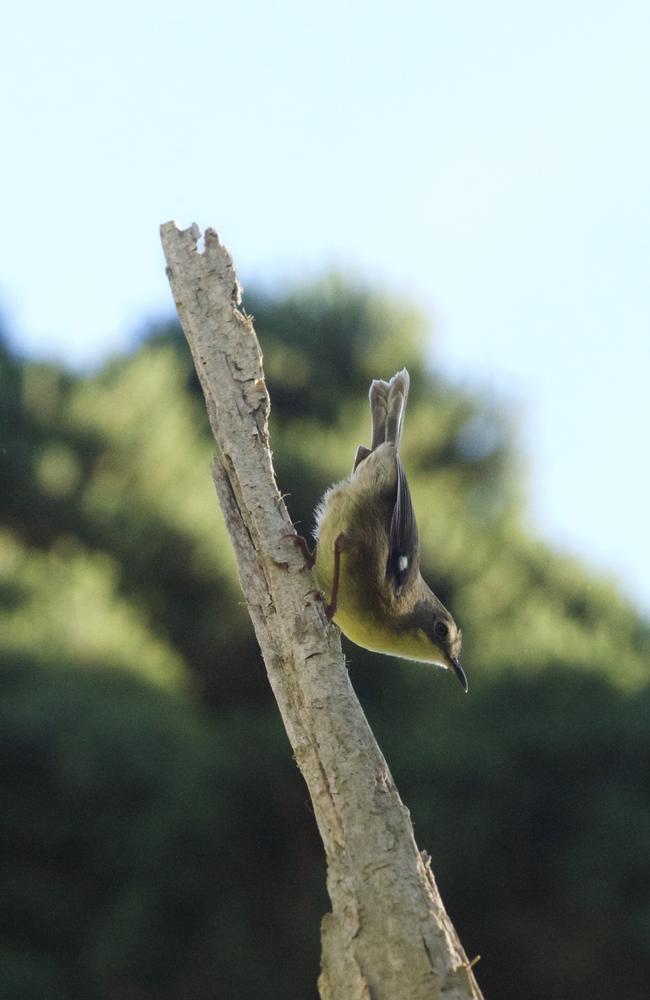King Island landowners blocked from further clearing threatened land, home to endangered birds
Two King Island landowners have been blocked from clearing further native, threatened forests on their land, which have been habitat to two of the island’s endangered birds.

Police & Courts
Don't miss out on the headlines from Police & Courts. Followed categories will be added to My News.
TWO King Island landowners have lost their appeal after clearing more than 22ha of land, including threatened, native forest believed to be habitat for two of the island’s endangered birds.
A tribunal heard that in 2020, officers for the Forest Practices Authority discovered a threatened native vegetation area had been cleared on the land of John and Geraldine Davis, in the rural location of Loorana near Currie.
The threatened vegetation had been identified as habitat for endangered endemic birds – including the King Island brown thornbill, which was previously believed extinct, and the King Island scrubtit.
A biodiversity report showed about 4.63ha of native vegetation had been cleared, including about 1.38ha of threatened eucalyptus brookeriana wet forest – Brooker’s gum, 2ha of threatened melaleuca ericifolia swamp forest – swamp paperbark, and about 3.25ha of King Island scrub complex.

According to a newly-published Tasmanian Civil and Administrative Tribunal decision, the officers decided the land was cleared without authority or approval, in breach of the Forest Practices Act.
In November 2020, the organisation sent the Davis’ a letter requesting them to cease any clearance of land, to allow natural regeneration to occur.
Officers visited the land again in September the following year, finding another 18ha of native vegetation had been removed – including another 5ha of Brooker’s gum and at least another 2ha of swamp paperbark.
The FPA issued a notice directing the Davis’ comply with the previous order.
But the pair filed an appeal, arguing the land was undergoing “management practices”, including the construction of farm access roads and easements, farm fencing and firebreaks, and for the grazing of livestock.
The Davis’ argued they hadn’t set out to clear the property, but were instead clearing existing tracks, and placing firebreaks so the property could be protected in the event of wildfire.
In dismissing their appeal, TASCAT said when officers visited in September 2020, they noticed vegetation had been cleared with a machine for the purposes of sowing pasture.
The tribunal found at least some of cleared land should be considered “vulnerable land” and that land cleared as “buffer” had been in excess of requirements.





